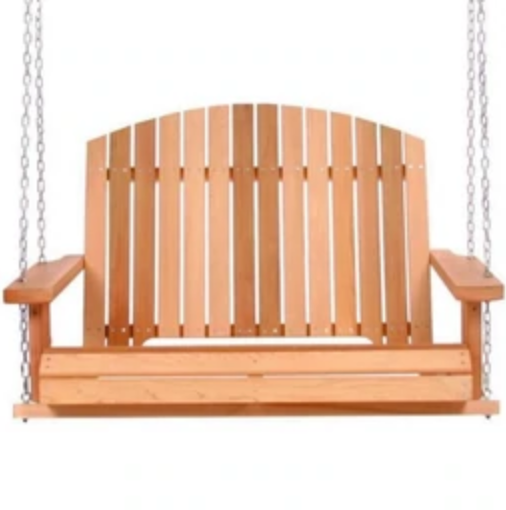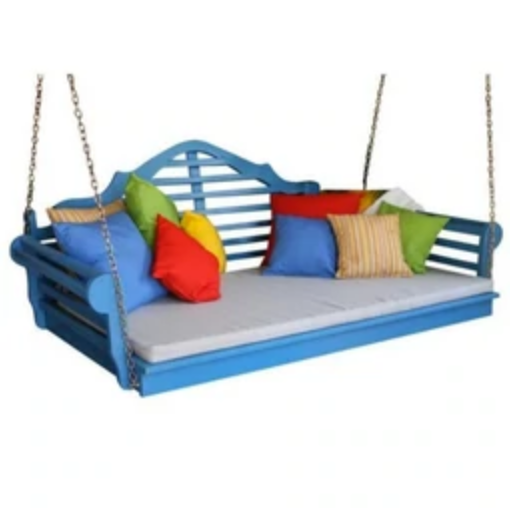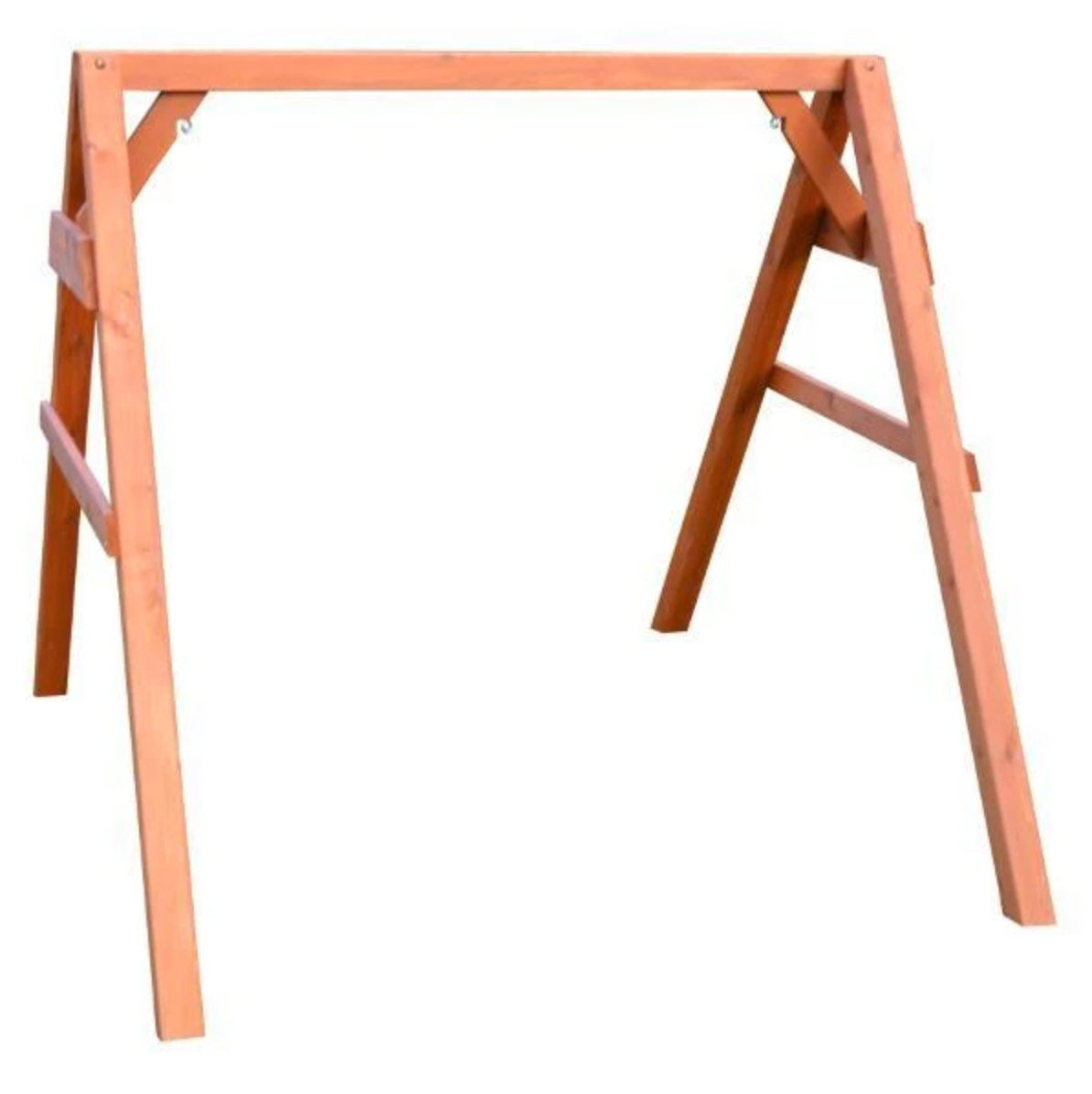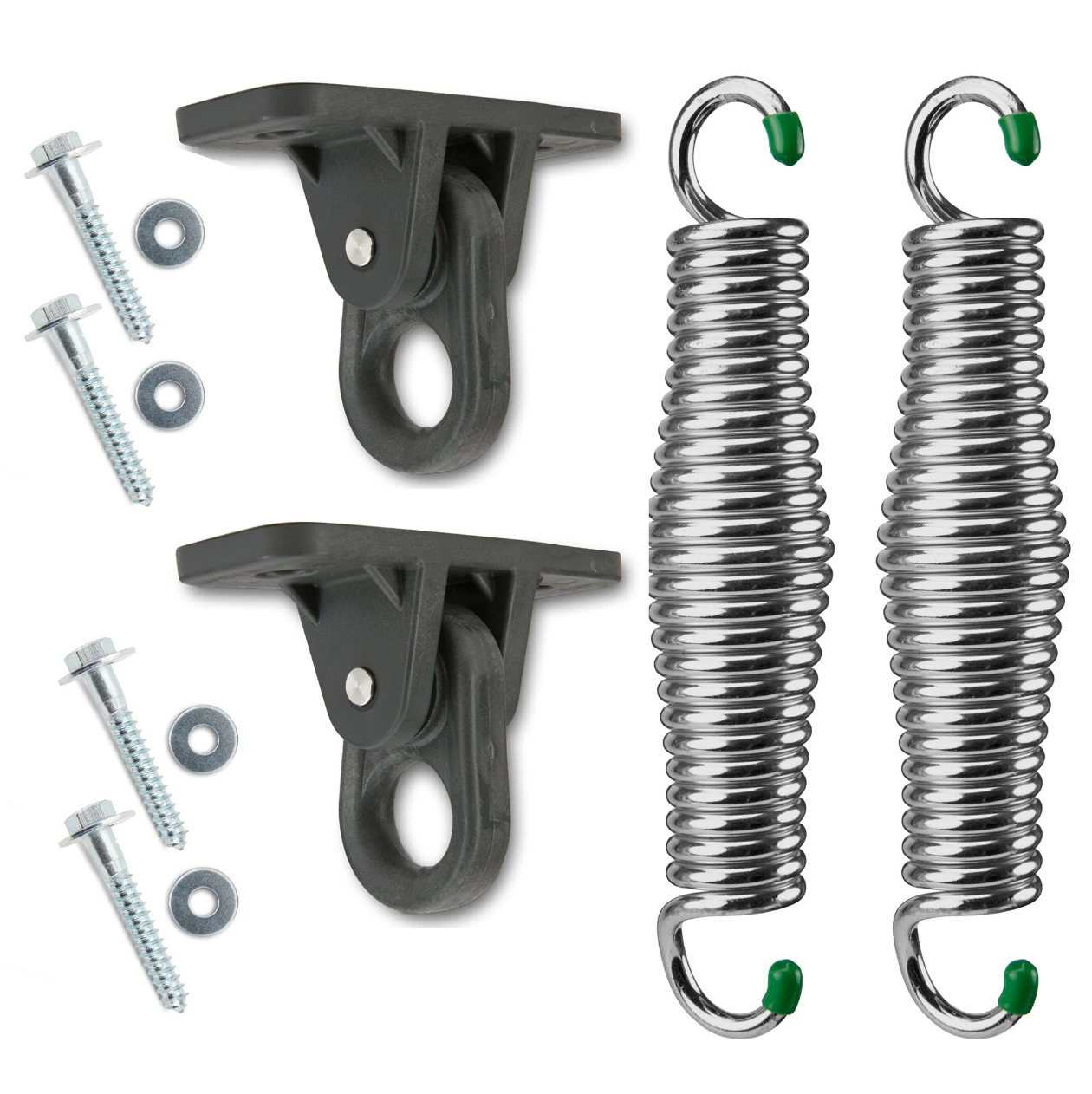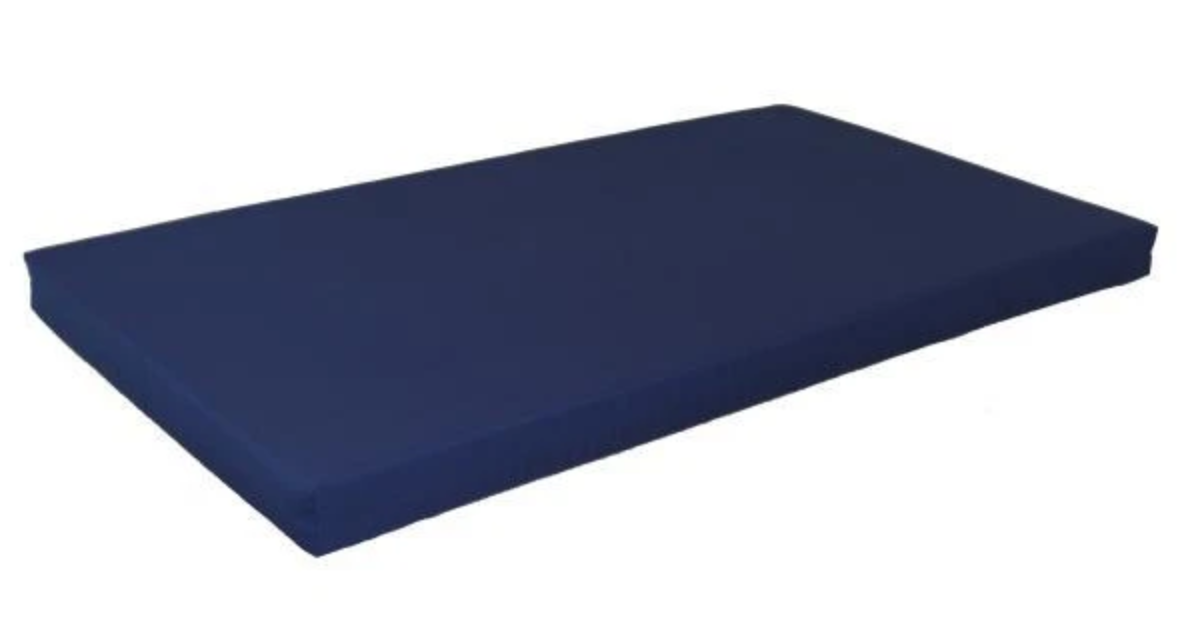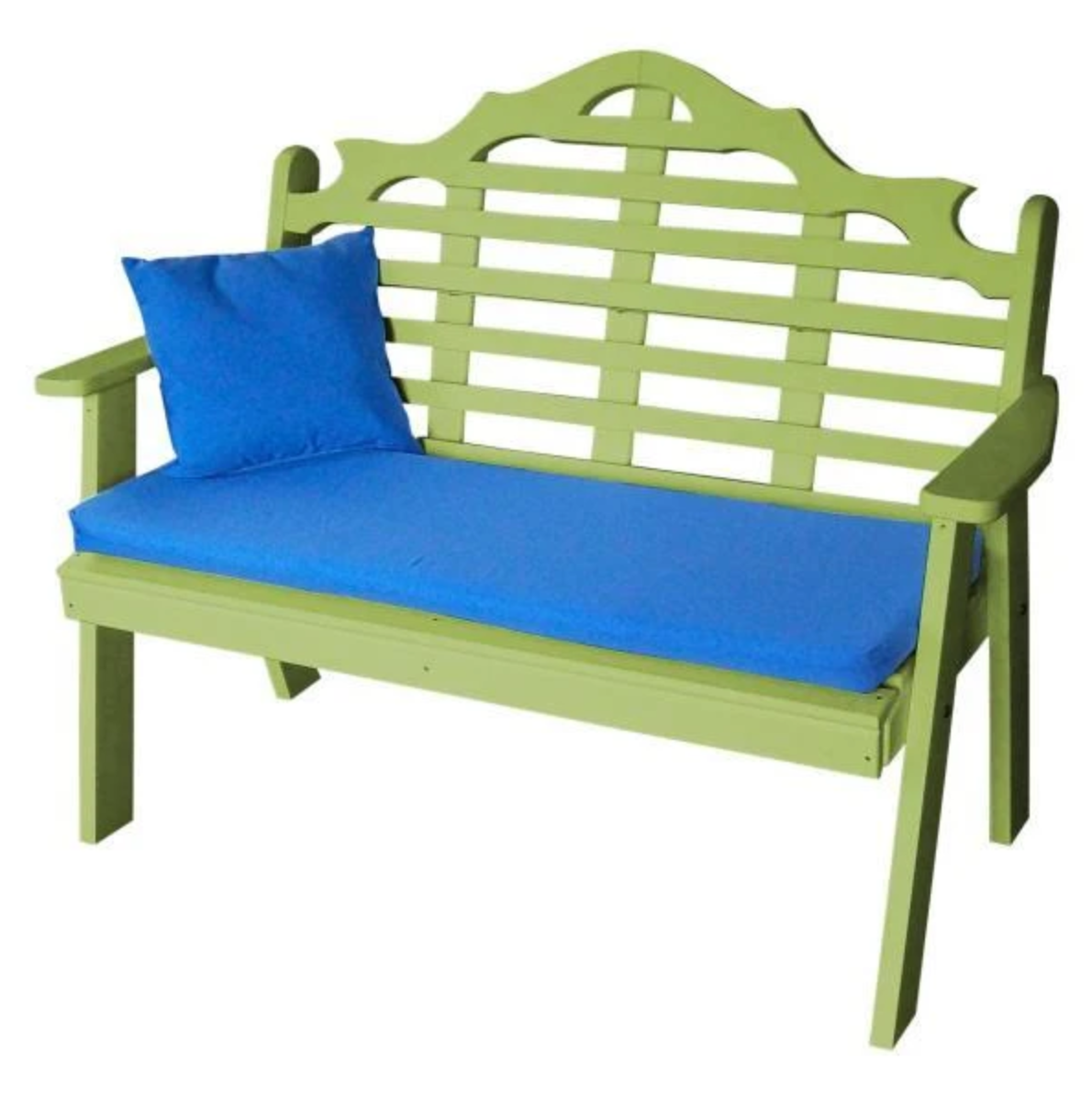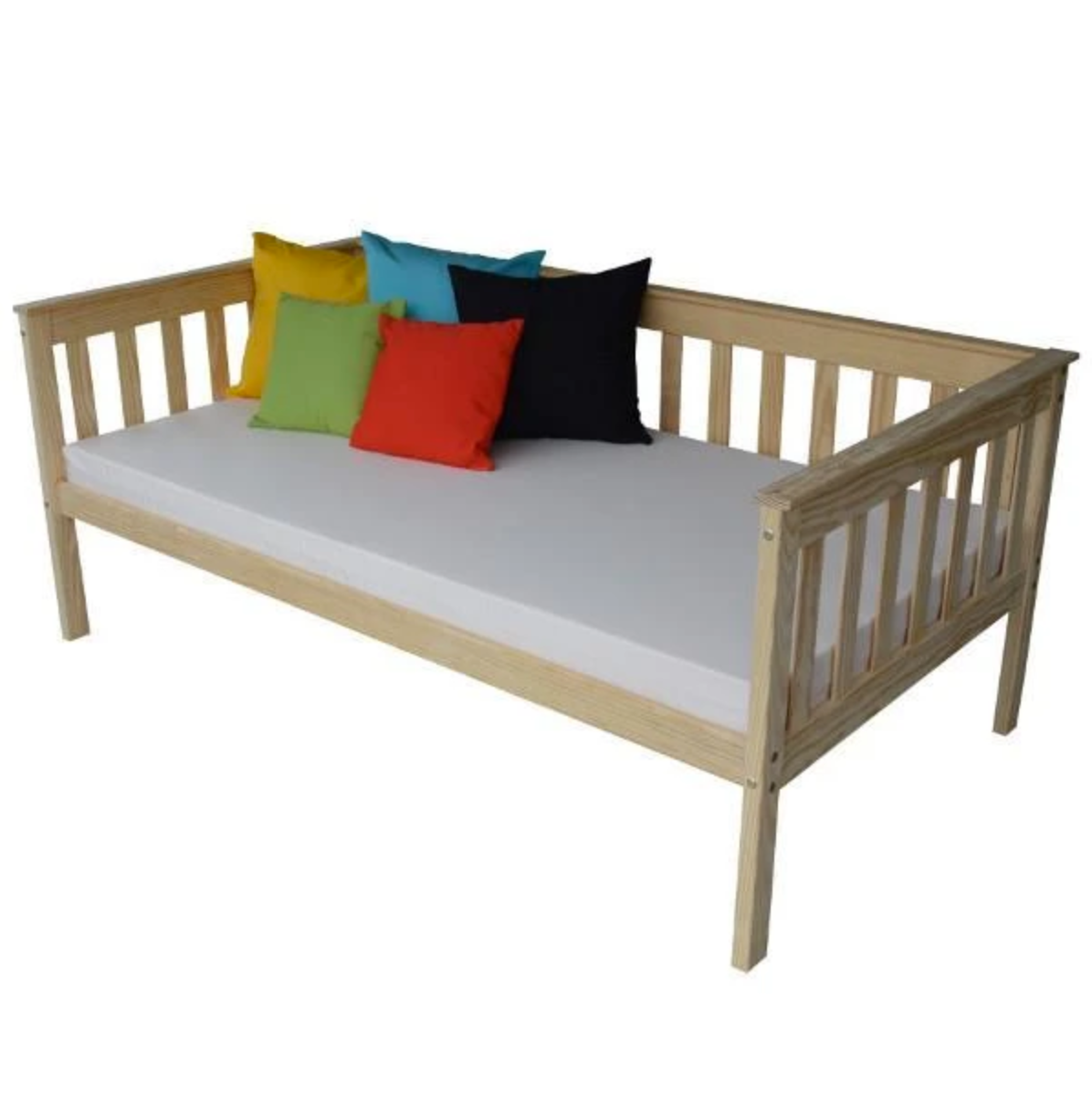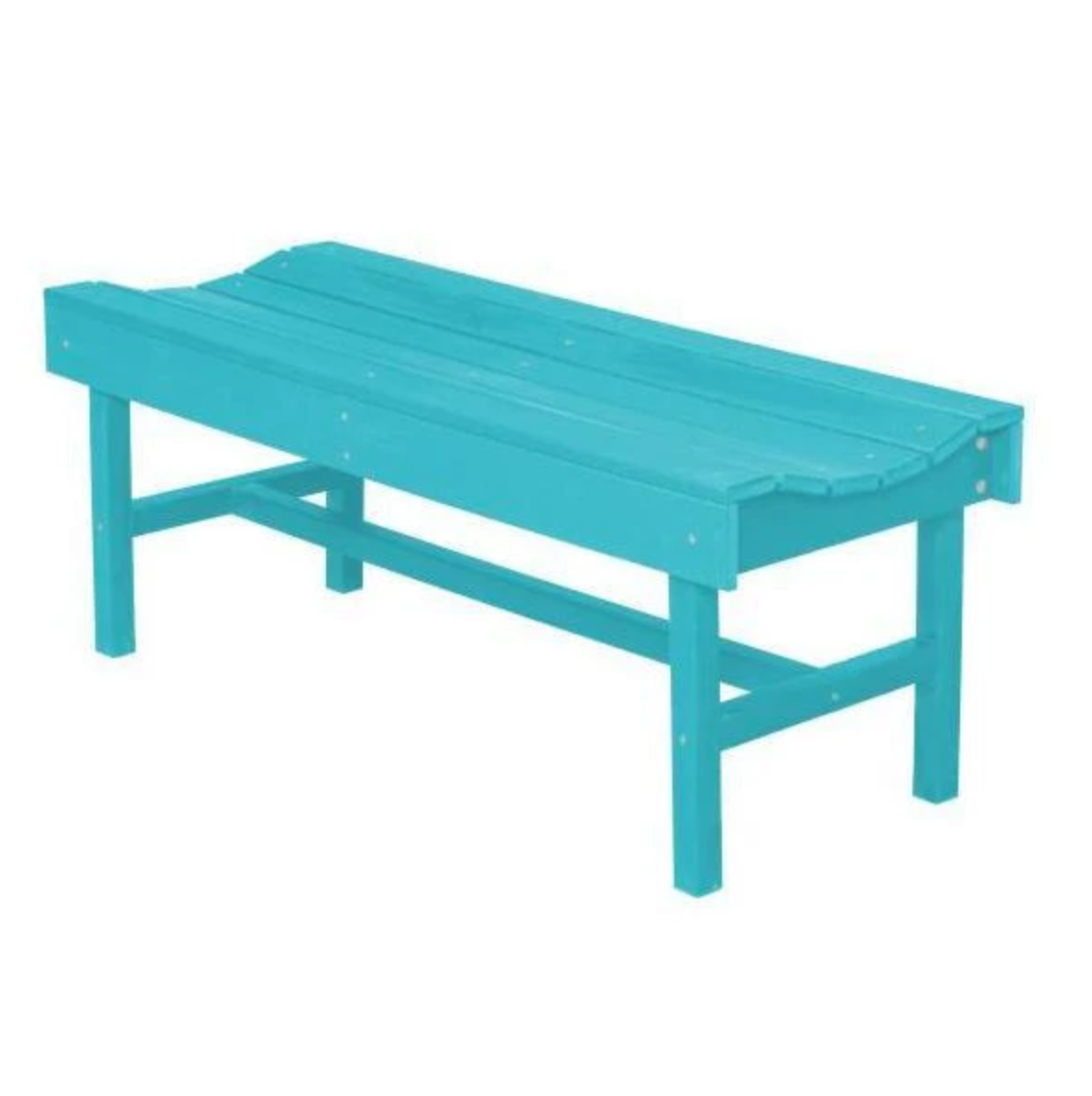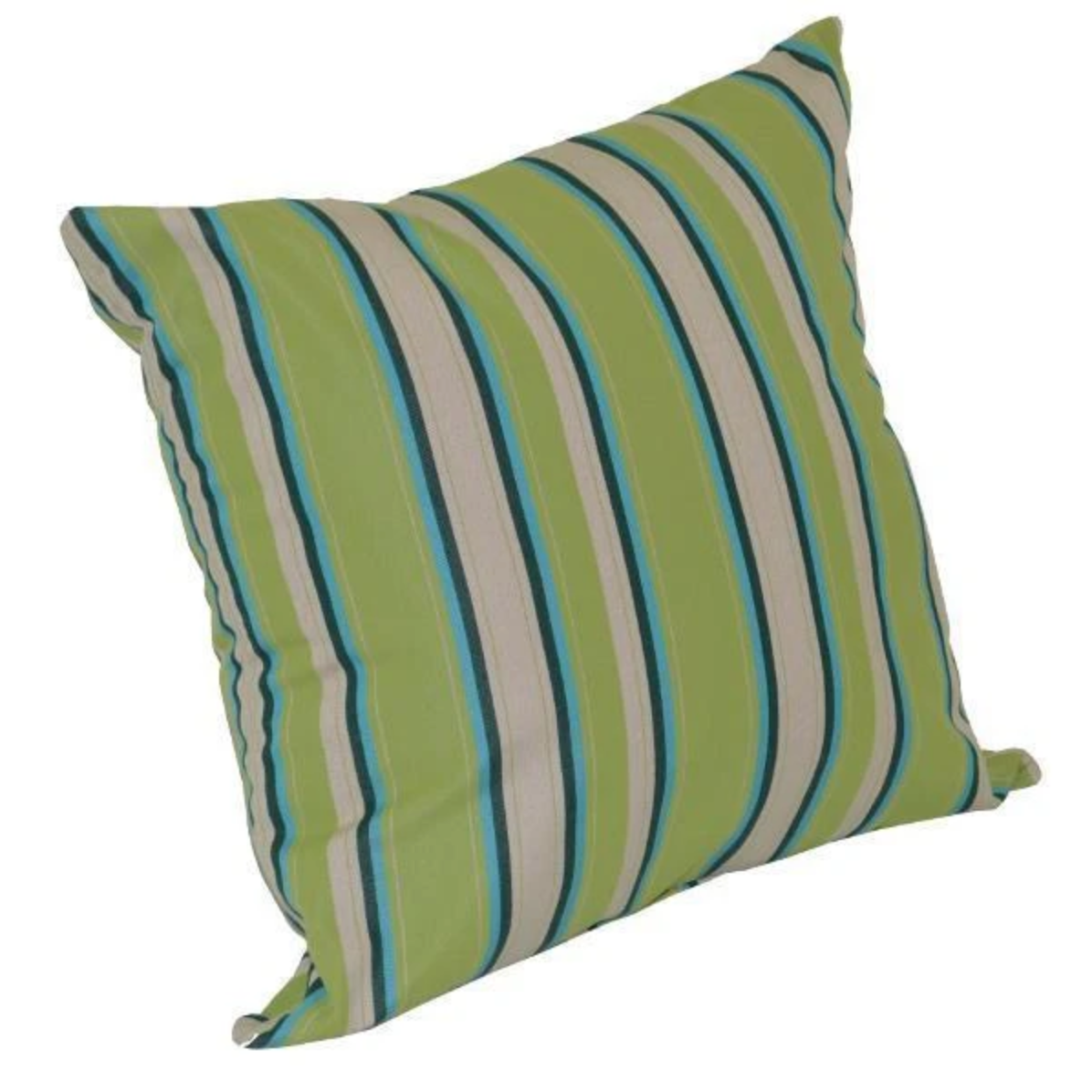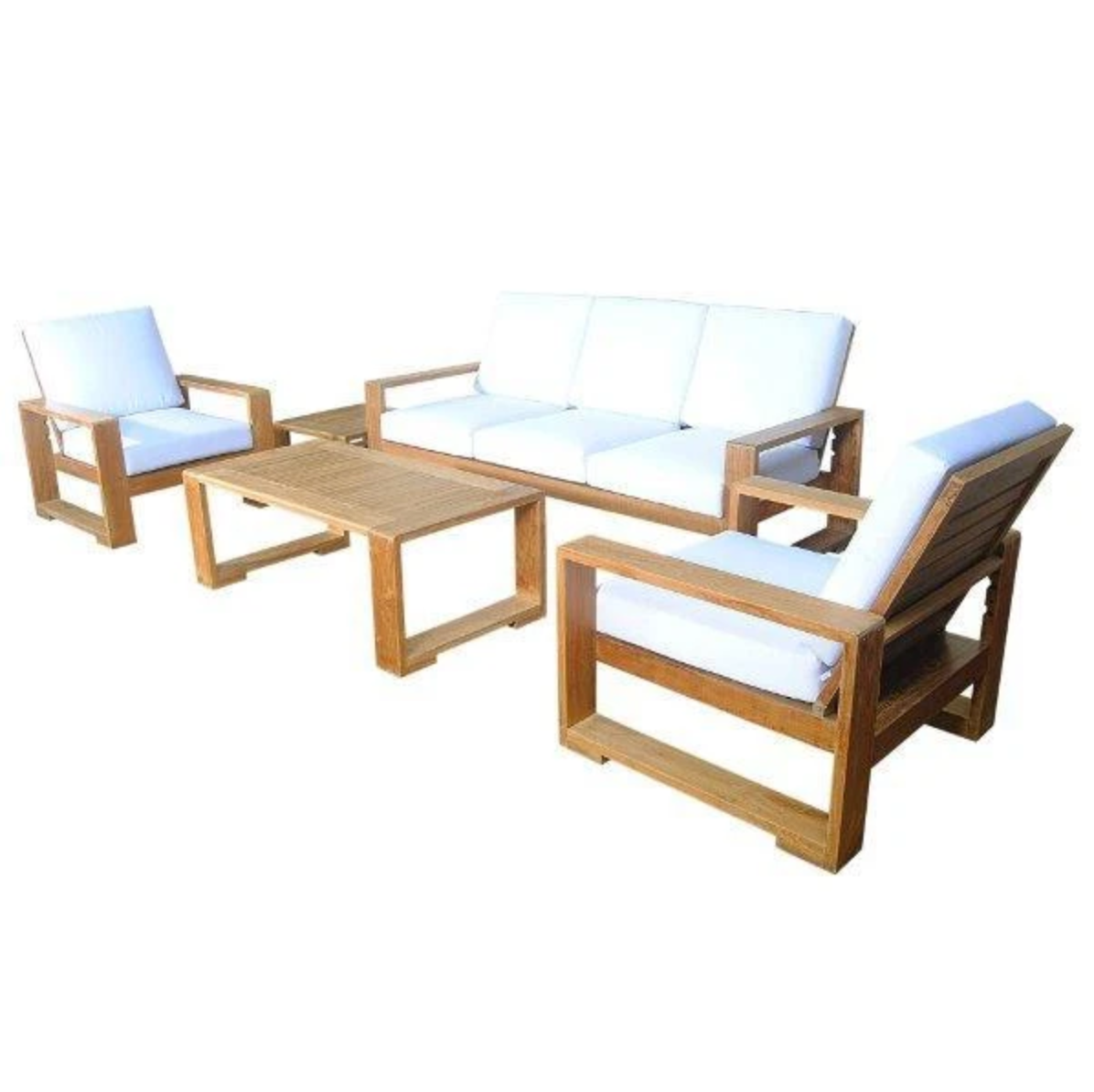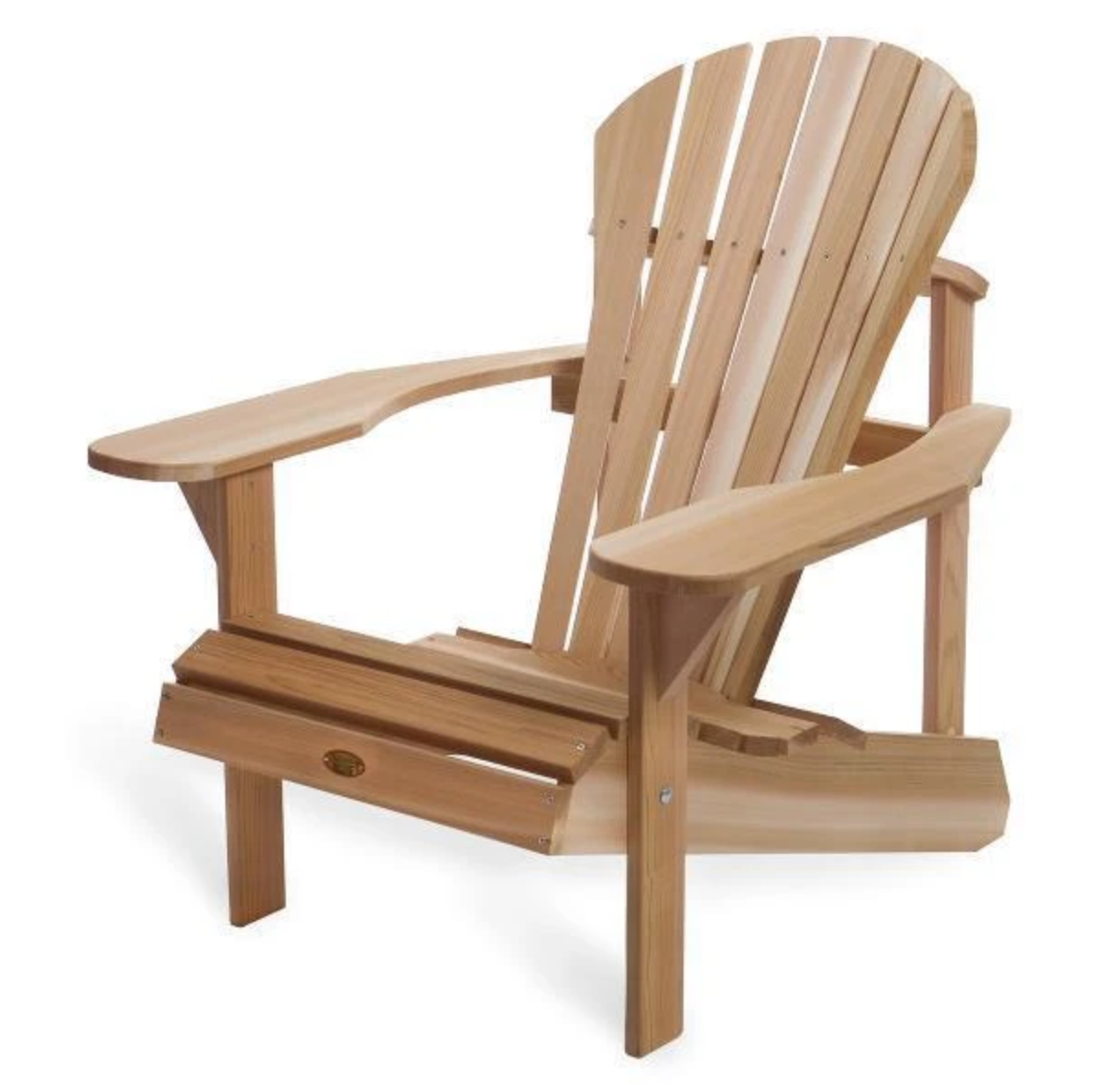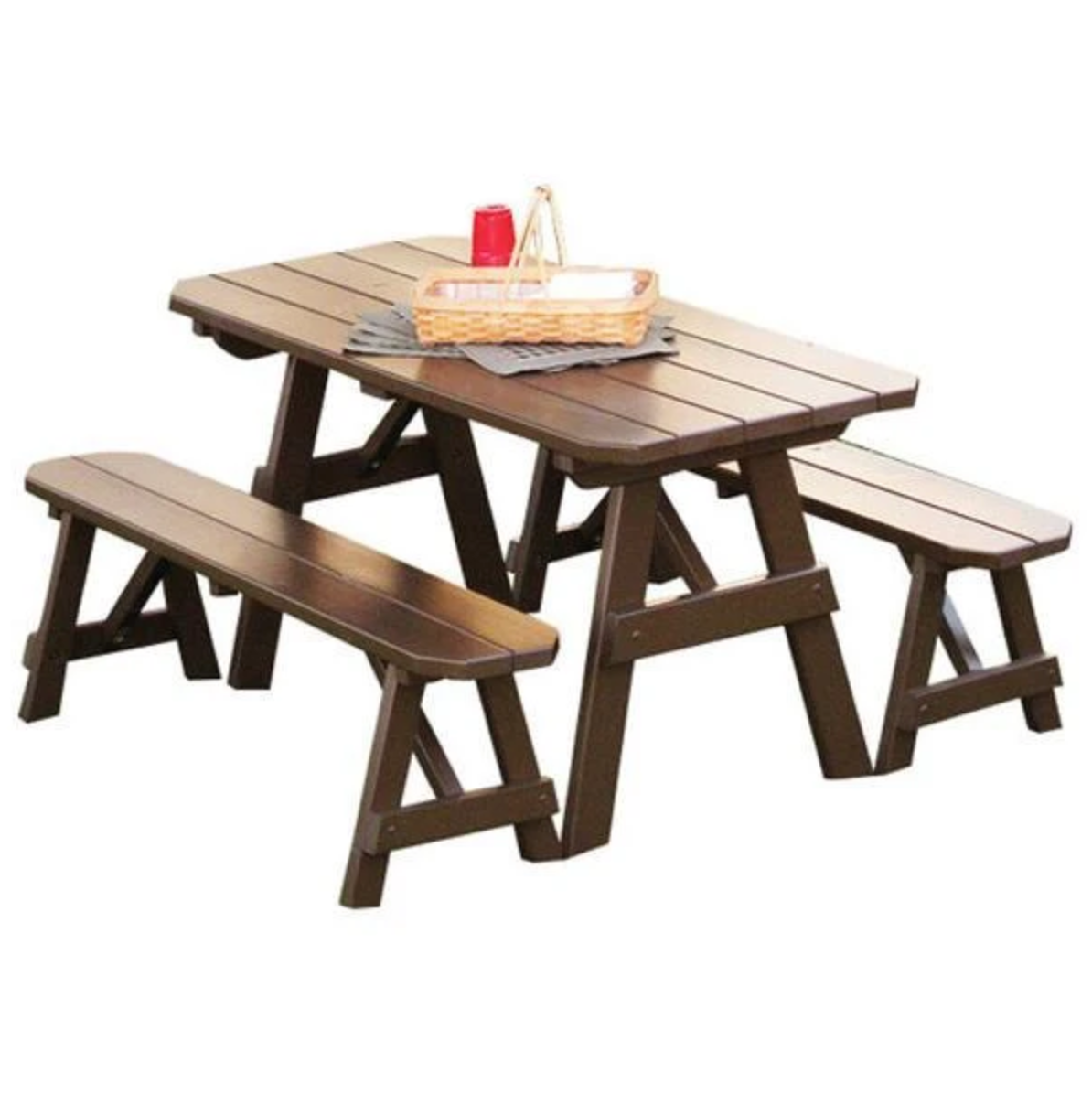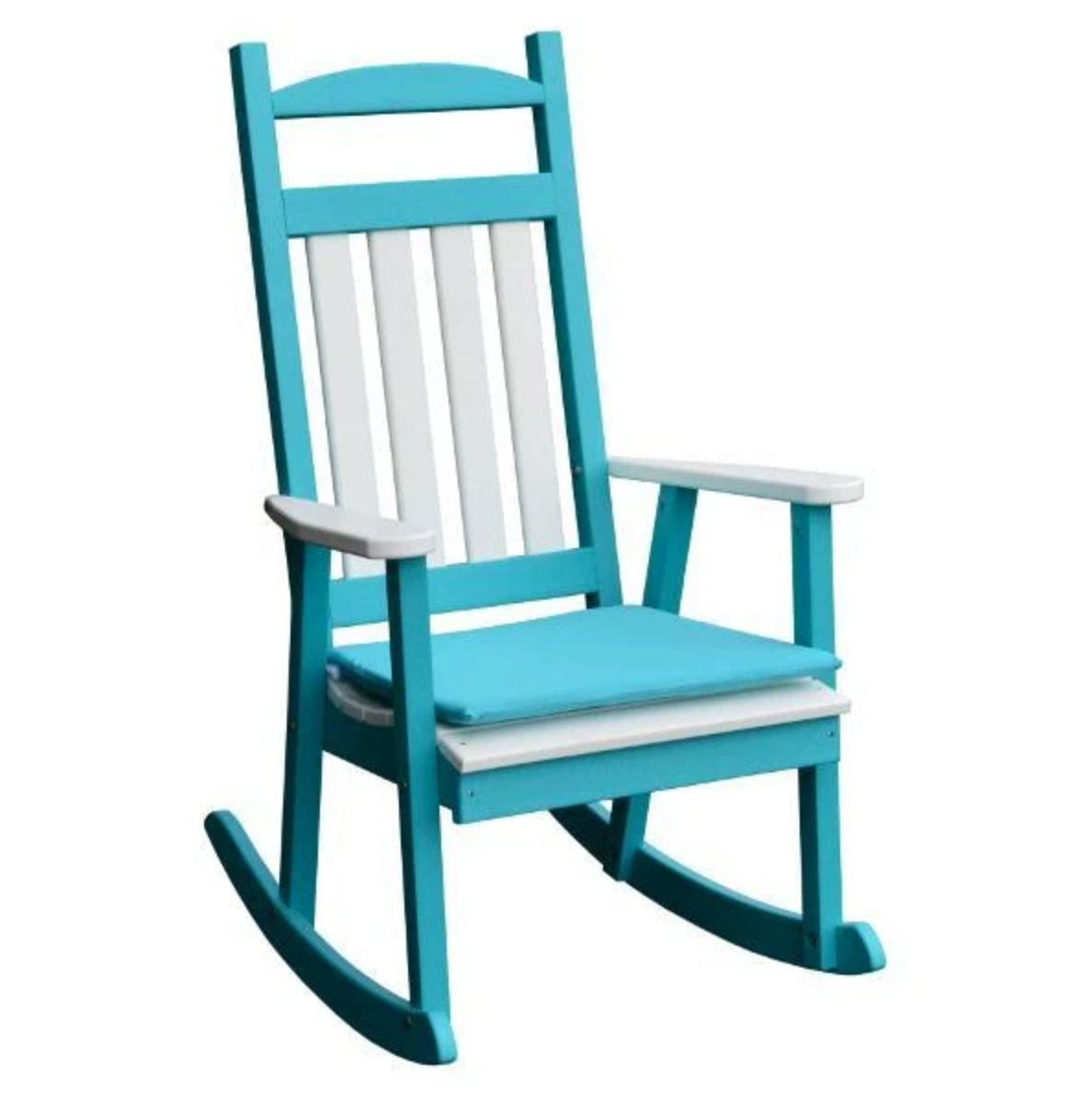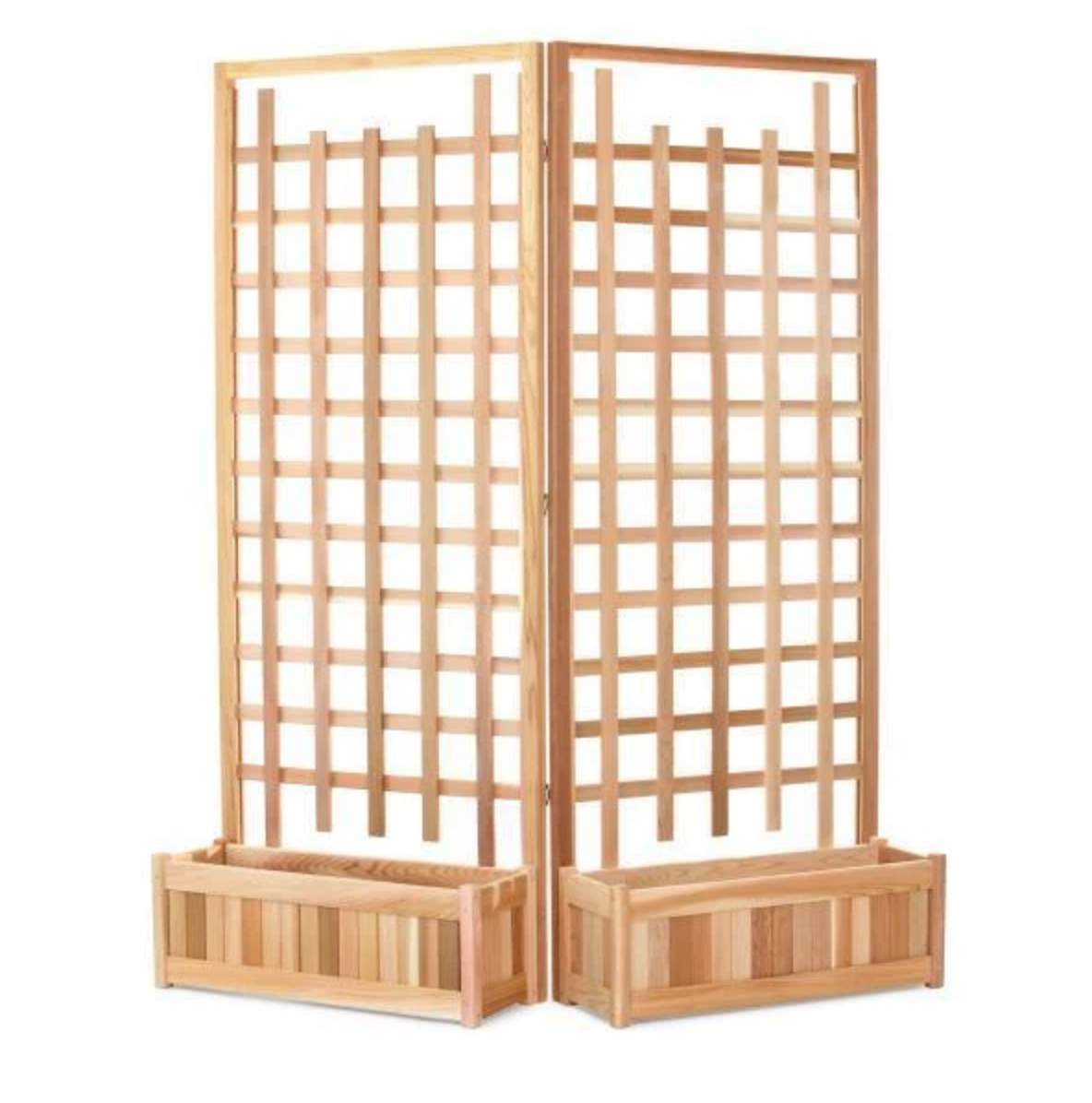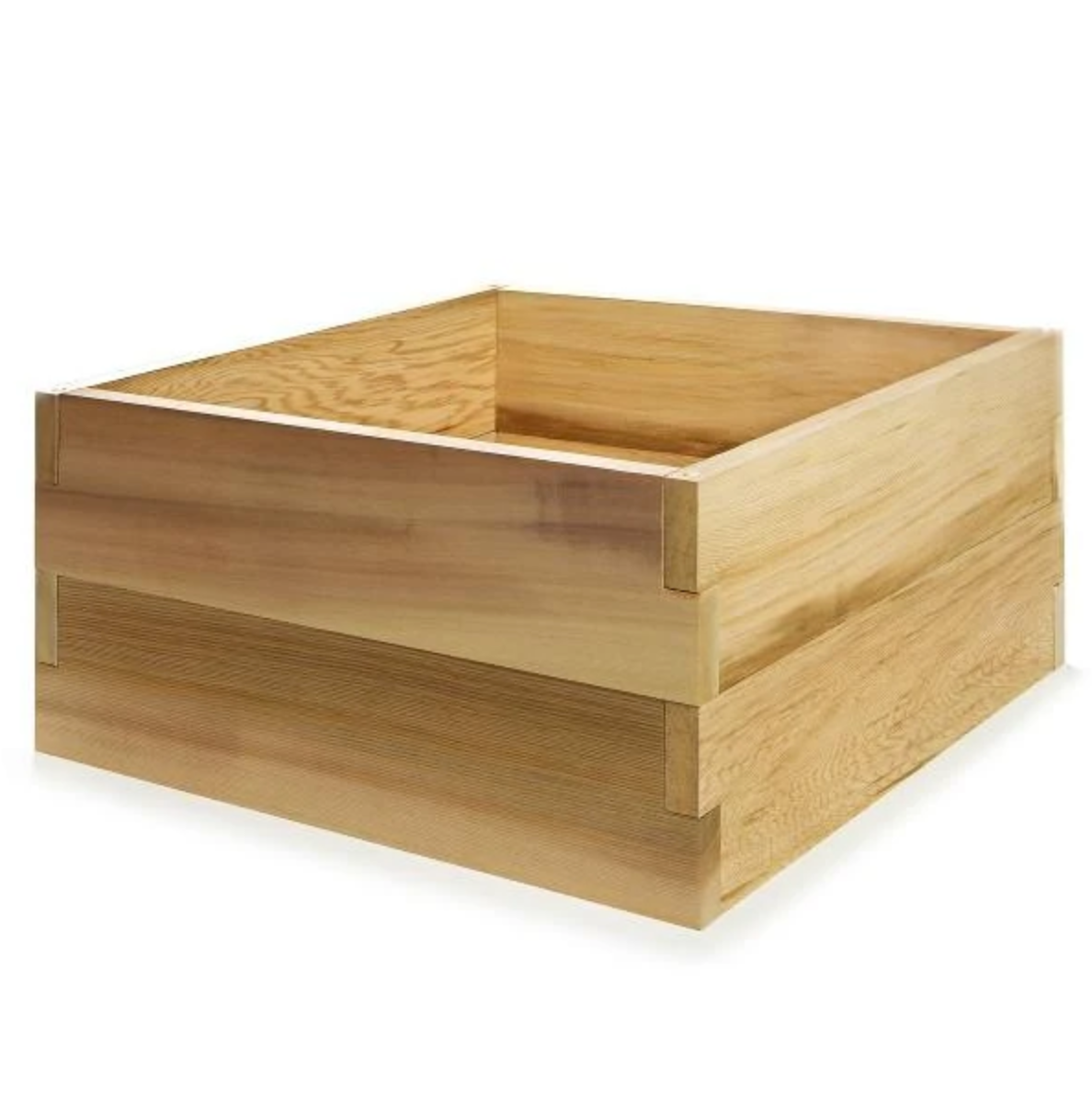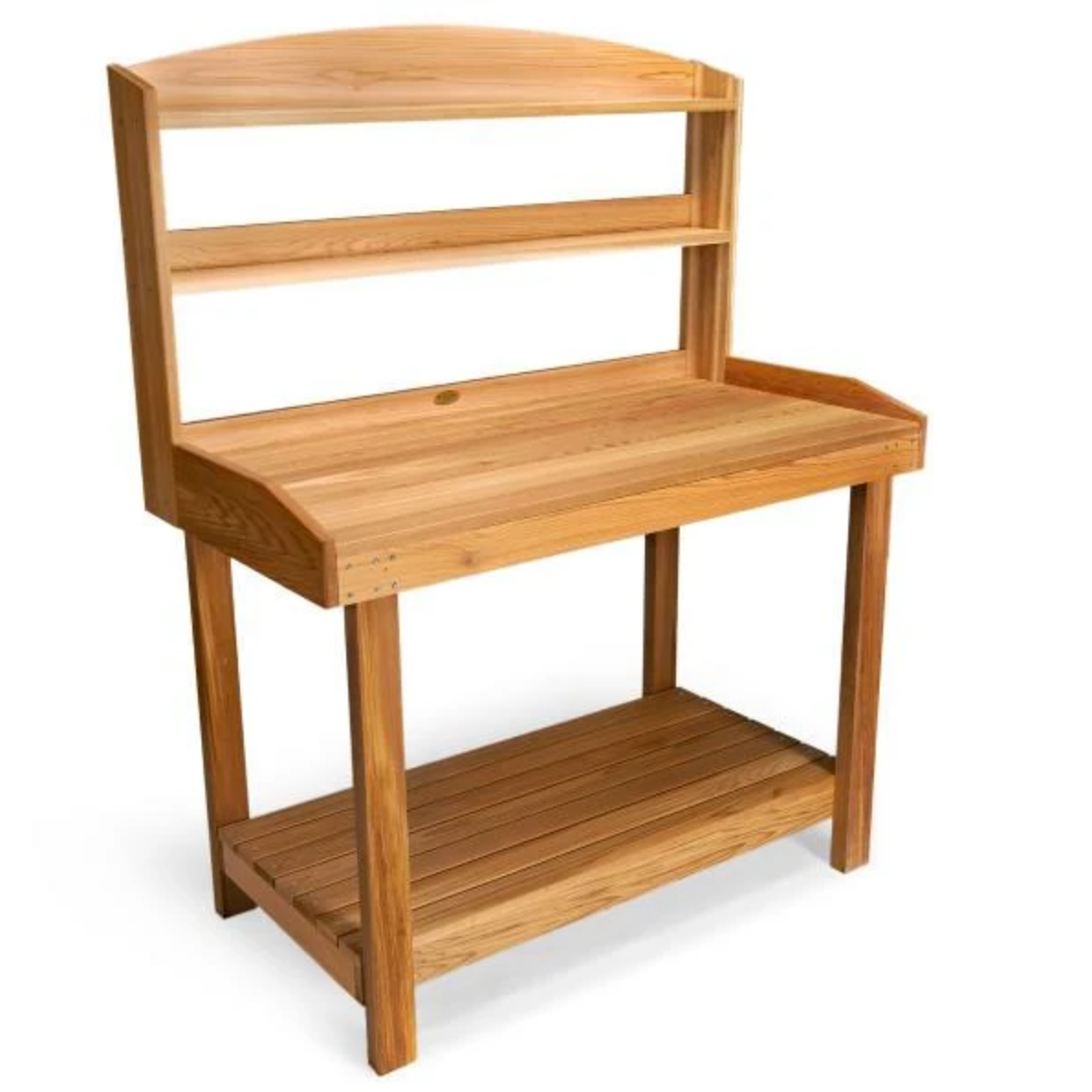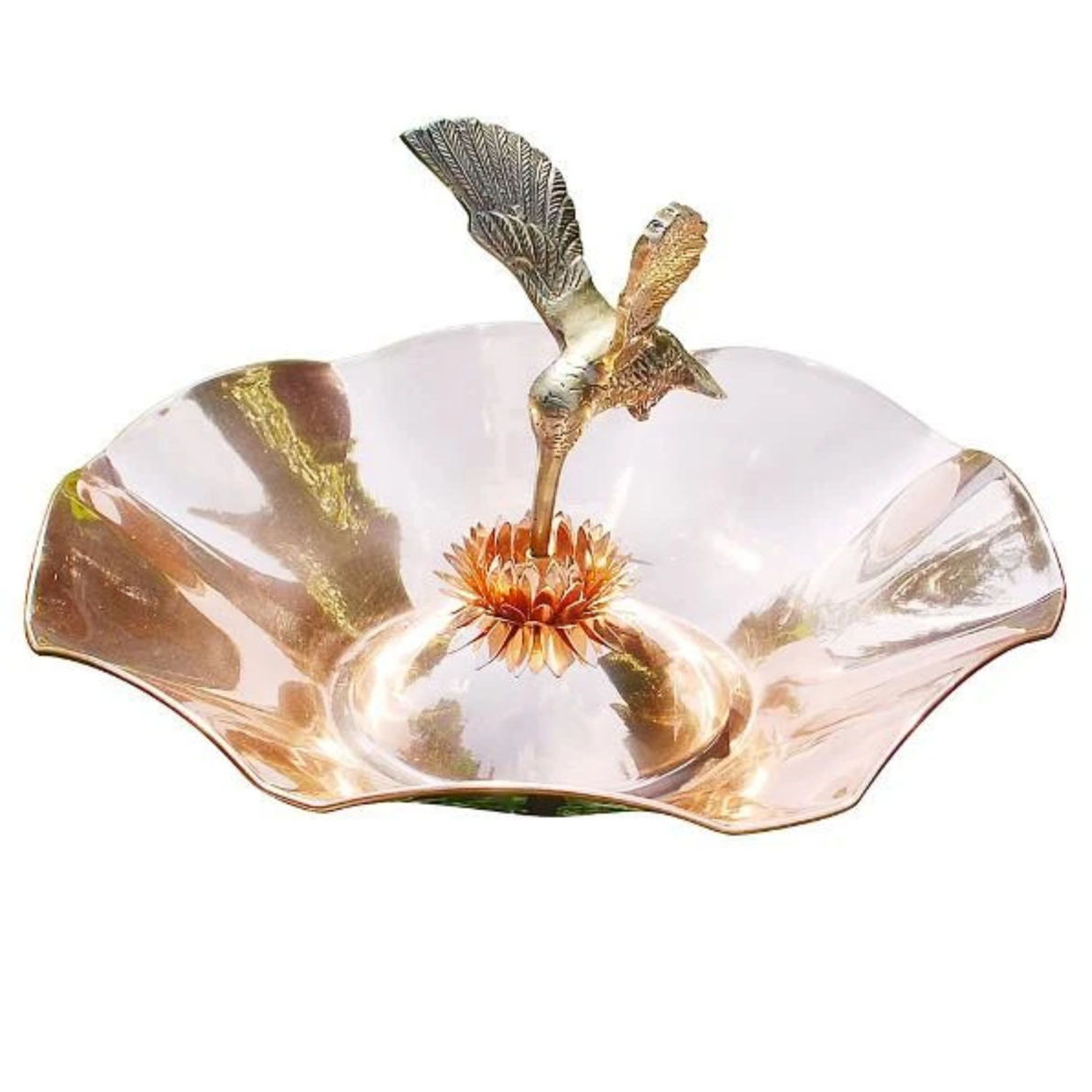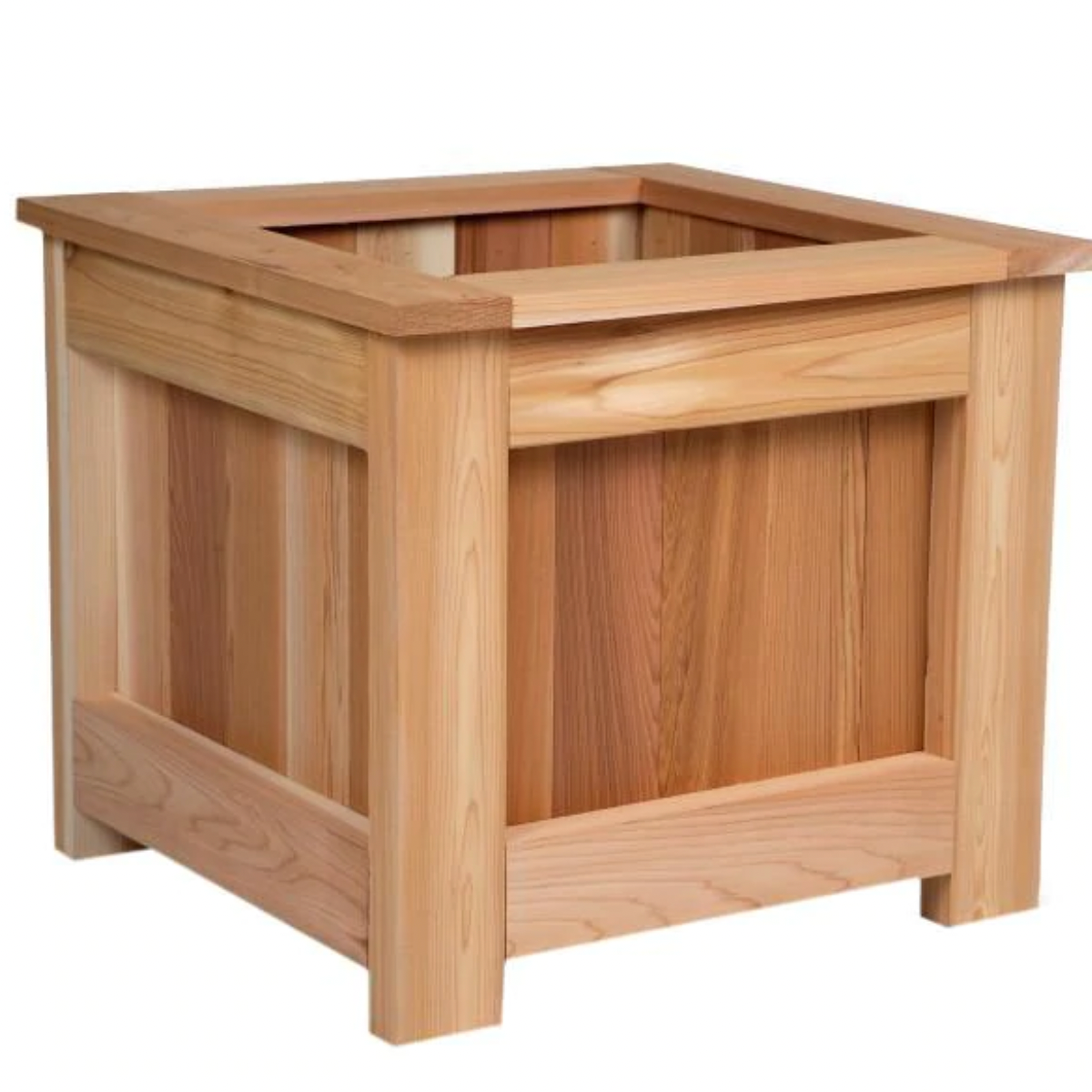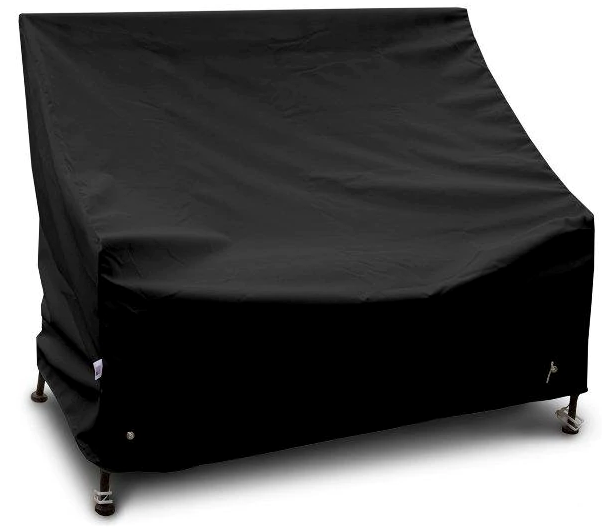Your Cart is Empty
FREE SHIPPING ON EVERY ORDER
Menu

FREE SHIPPING ON EVERY ORDER
Swings
Benches
Tables & Chairs
Home & Garden
Key Tips to Design the Perfect Home Office Space
In today’s world, where remote work has become increasingly common, creating an effective and inspiring home office has never been more important. Whether you're working from home full-time, part-time, or just need a dedicated space for personal projects, a well-designed home office can greatly enhance productivity and comfort. Here’s a guide to help you design the perfect home office space, blending functionality with style.
1. Define Your Needs and Goals
Before you dive into the design process, take a moment to assess your needs and goals for your home office. Consider the following questions:
- What tasks will you perform in this space? Understanding the nature of your work can help determine the type of furniture and equipment you’ll need.
- How many people will use the space? If multiple people will use the office, you'll need to accommodate more than one workstation or provide shared resources.
- Do you need a separate meeting area? If you frequently host virtual meetings or need to meet clients, a dedicated area for such activities can be beneficial.
By answering these questions, you can create a clear vision of what your ideal home office should include.
2. Choose the Right Location
Selecting the right location for your home office is crucial for both productivity and comfort. Ideally, choose a space that:
- Has natural light: Natural light boosts mood and productivity. Position your desk near a window to take advantage of daylight.
- Is away from distractions: Choose a location that minimizes disruptions, whether it’s a quiet corner of your home or a separate room.
- Provides adequate space: Ensure there’s enough room for your desk, chair, and any other essential furniture or equipment you need.
If your home doesn’t have a dedicated office space, consider converting a spare bedroom, a section of your living room, or even a large closet into a functional workspace.

Photo by Lisa Fotios: https://www.pexels.com/photo/office-chair-and-desk-1957477/
3. Invest in Ergonomic Furniture
The comfort and health of your workspace depend significantly on your furniture. An ergonomic setup helps prevent strain and discomfort, which is essential for long hours of work. Key pieces to consider include:
- An ergonomic chair: Invest in a high-quality chair that supports your back and promotes good posture. The steelcase leap is a highly recommended option, known for its adjustability and comfort, helping to reduce fatigue and discomfort.
- A functional desk: Choose a desk that suits your workflow. Consider features like adjustable heights, built-in storage, and sufficient surface area for your computer and other essentials.
- Proper lighting: Good lighting is essential to reduce eye strain. Desk lamps with adjustable brightness and color temperature can help create an optimal working environment.
4. Personalize Your Home Office Space
A home office should be more than just a functional workspace; it should also reflect your personality and style. Personalizing your office can make it a more enjoyable place to work. Here are some ideas:
- Choose a color scheme: Select colors that inspire and energize you. Light blues and greens can promote focus and calm, while warmer tones like orange and yellow can boost creativity.
- Add decorative elements: Incorporate artwork, plants, or personal items that make you feel comfortable and motivated.
- Incorporate storage solutions: Use stylish shelves, organizers, and storage cabinets to keep your workspace tidy and clutter-free.
5. Optimize Your Workflow
To ensure your home office supports productivity, organize your space to enhance efficiency. Consider the following tips:
- Create a functional layout: Arrange your desk, chair, and other furniture in a way that facilitates easy movement and access to your tools.
- Manage cables and wires: Use cable organizers to keep cords and wires under control, reducing clutter and preventing tangles.
- Incorporate technology: Ensure your workspace has the necessary technology, such as a reliable computer, high-speed internet, and any other tools required for your work.
6. Ensure Comfort and Well-Being
A comfortable and well-designed office promotes well-being and productivity. Consider these aspects to enhance your comfort:
- Temperature control: Make sure your office is well-ventilated and maintains a comfortable temperature. Consider a small fan or heater if necessary.
- Ergonomic accessories: Invest in accessories like a keyboard tray, monitor stand, and footrest to support a healthy posture and reduce strain.
- Break areas: If space allows, create a small relaxation area where you can take breaks and recharge. A comfortable chair or a small couch can provide a perfect spot for a quick rest.
7. Incorporate Functional Decor
Decorate your home office with functional items that also enhance the space’s aesthetics:
- Bulletin boards and whiteboards: These can help keep track of tasks and deadlines while adding a decorative touch.
- Stylish storage solutions: Opt for attractive storage bins, baskets, and organizers that complement your decor while keeping your office organized.
- Desk accessories: Use items like a stylish pen holder, desk clock, or organizer tray to keep your desk neat and visually appealing.
8. Plan for Flexibility
A home office should be adaptable to your evolving needs. Consider these flexible design options:
- Modular furniture: Choose modular furniture that can be rearranged or expanded as needed.
- Adjustable features: Invest in adjustable desks and chairs to accommodate different working styles and preferences.
- Multi-purpose spaces: If space is limited, design your office to serve multiple functions. For example, a desk that doubles as a craft table or a reading nook can be practical and versatile.
9. Incorporate Good Acoustics
A quiet workspace is essential for focus and productivity. Address potential noise issues by:
- Using soundproofing materials: Install acoustic panels or use noise-canceling devices to minimize distractions.
- Adding soft furnishings: Rugs, curtains, and upholstered furniture can help absorb sound and reduce noise levels.
10. Regularly Update and Maintain
Finally, keep your home office in top shape by regularly updating and maintaining the space. This can involve:
- Refreshing decor: Periodically update artwork, colors, or accessories to keep the space feeling new and inspiring.
- Cleaning and organizing: Regularly clean your office and reorganize as needed to maintain a tidy and functional workspace.
- Upgrading equipment: As your needs evolve, consider upgrading your technology and furniture to stay current and comfortable.
Creating the perfect home office space involves a blend of practicality and personal touch. By considering your needs, investing in quality furniture, and personalizing your space, you can design an office that not only enhances productivity but also brings you joy and satisfaction.
Designing a home office that works for you is an ongoing process, but with thoughtful planning and attention to detail, you’ll create a space that supports your work and inspires you every day.
Also in News

These Luxurious Features Will Transform Your Living Room
Learn how to transform your living room with simple, affordable luxury upgrades like better lighting, statement pieces, and elegant finishes.
US
United States
Jan 14, 2026 07:42
Product Tag :
Product Collection :
×
